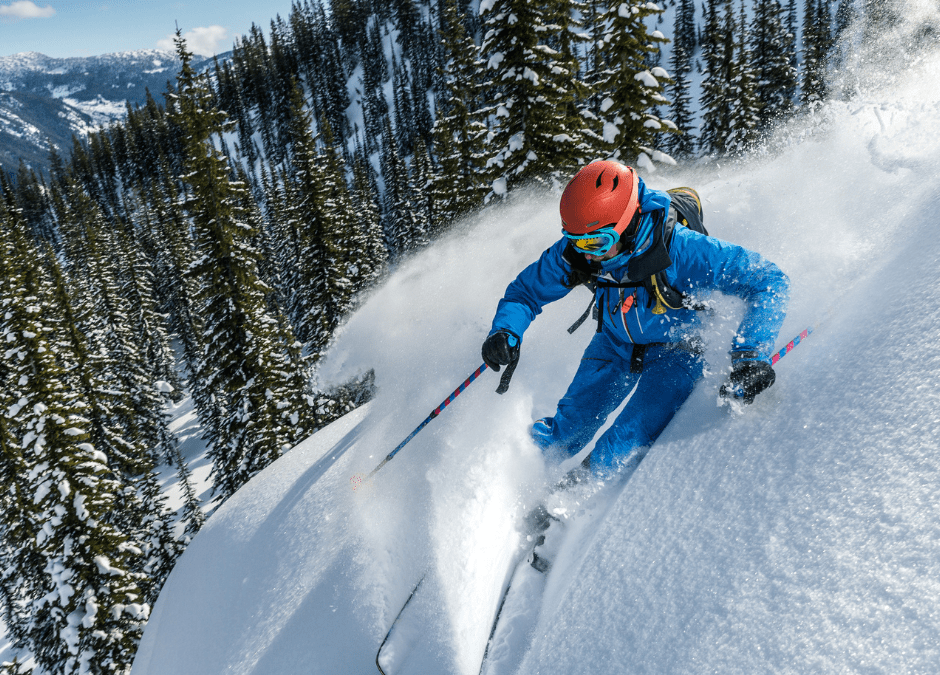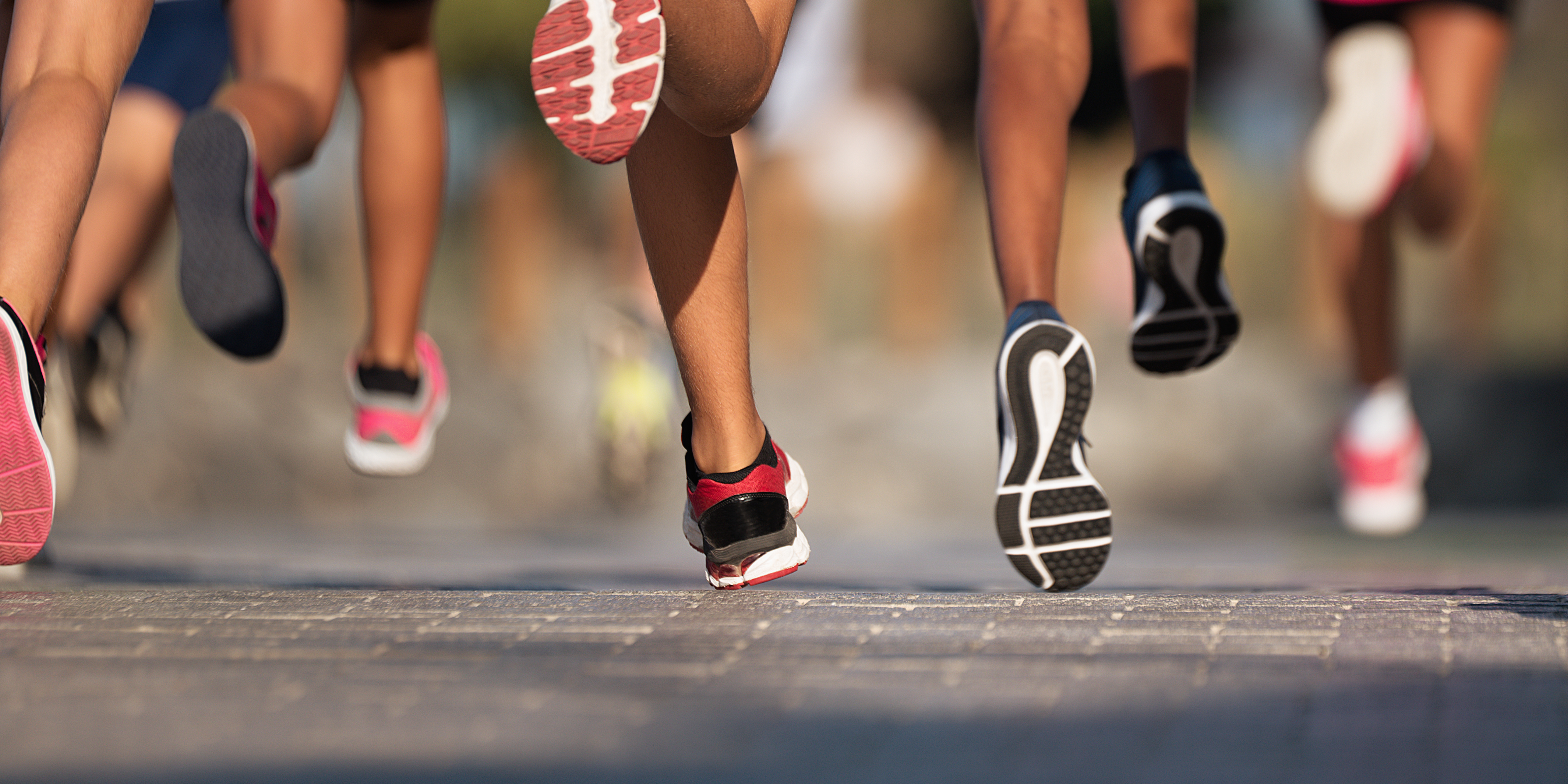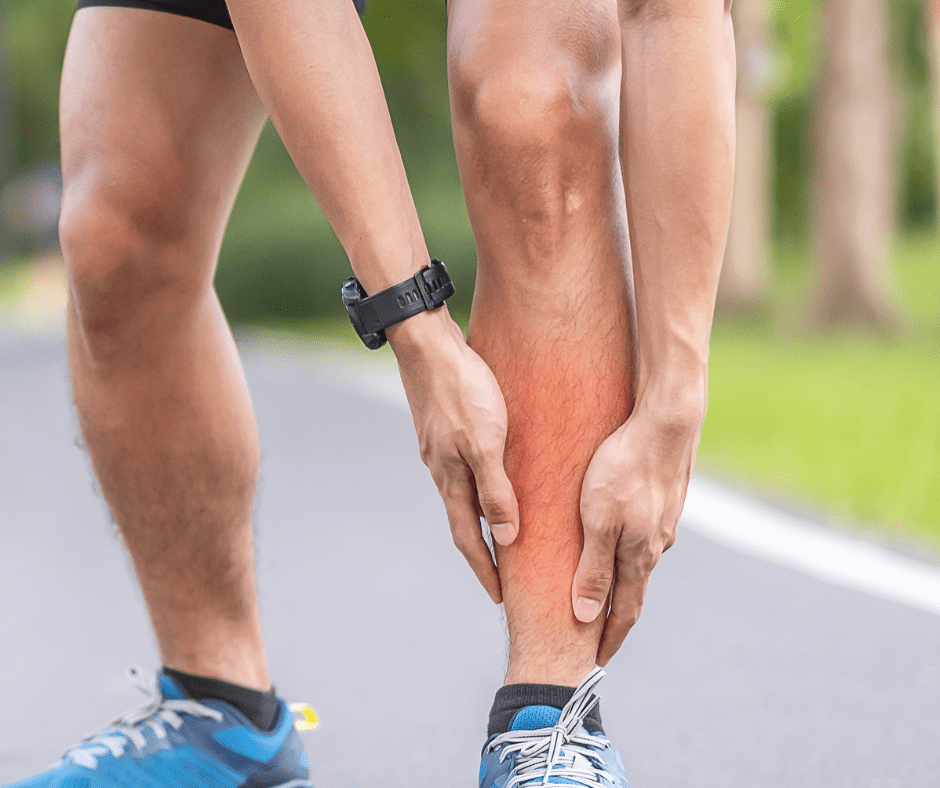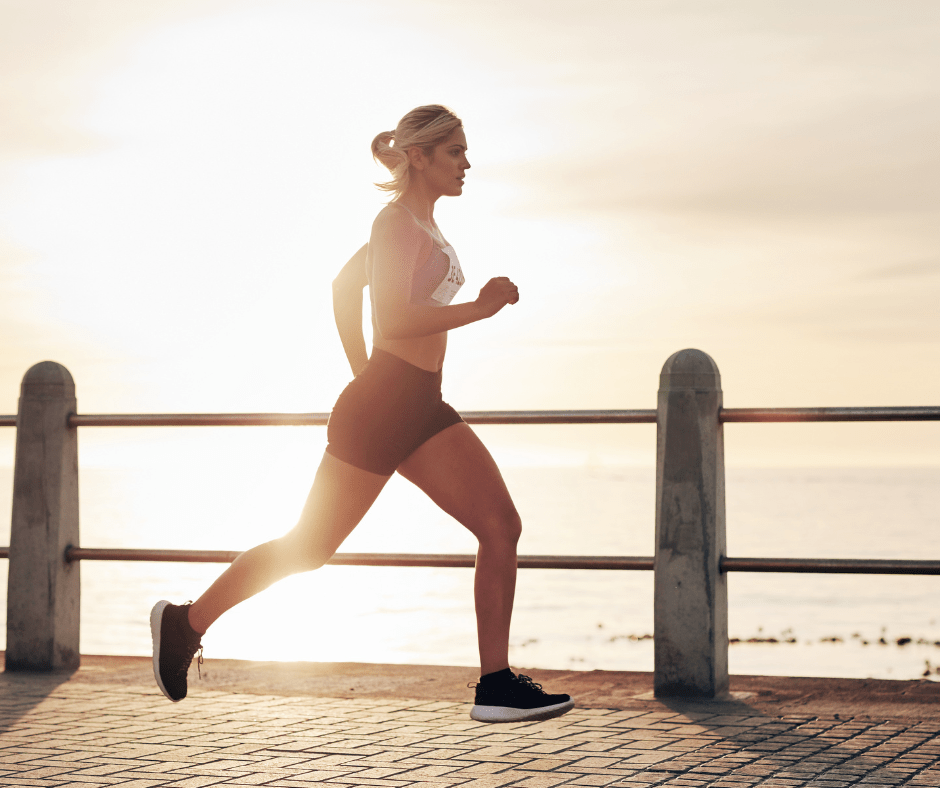What are the most common skiing and snowboarding injuries?
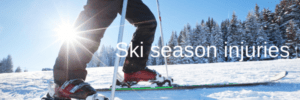
Snow sports are great fun, but they come with a risk of injury. Injury prevention is the best approach for any sport, and this is the case for skiing as well, but it’s much less common to prepare adequately for your ski trip and injury rates can be high. If you were training for a marathon, you would do a training plan, perhaps see a physio to get a screening and identify areas where you might get injured and address those with an exercise programme. You might also go to a running shop and get the right trainers and you would certainly warm up prior to your runs, warm down and stretch and take your nutrition and hydration more seriously however as skiing is a holiday all of this goes out the window…
What the risk factors for ski injuries?
- Insufficient core strength / strength imbalance
- Gender – there is a greater injury rate in female compared to males. This is probably due to inherent strength differences and that females tend to have greater hypermobility than males.
- Skill level – there are more ski injuries in advanced skiers. This is probably because more advances skiers tend to go faster on more difficult runs and take more risks than a novice
- Unfavourable genetic predisposition – connective tissue strength and ability levels
- The risk of injury is highest on the first day, followed by the end of the last day with alcohol being involved in about 40% of all injury.
How to significantly reduce the risk of a skiing injury:
- Prepare: see a physio for a pre-ski screening session to identify areas of weakness and muscle imbalance as well as do adequate conditioning for hours out on the slopes
- Get the right equipment: not just skis and salopettes, but a helmet, wrist guards and braces as required
- Warm up each day prior to skiing, perhaps warm down and stretch afterwards
- Eat and hydrate adequately for the day and avoid alcohol prior to skiing (save it for the evenings)
What are the most common snow sports injuries?
When skiing you are at greater risk of sustaining an injury to your lower limb; most commonly knee injuries like tearing the anterior cruciate ligament (ACL) or sprains to the medial collateral ligament (MCL) of the knee. Snowboarders on the other hand sustain most injuries to their upper limb; frequently sprains or fractures to the hand and wrist or shoulder, including shoulder dislocations, however either snowboarder or skier can injury any body part…
What are lower limb skiing injuries
Skiing injuries to the knee
The anterior cruciate ligament (ACL) is a short thick ligament inside the knee joint that prevents the shinbone sliding forward from the thighbone. It is a commonly injured ligament within the knee (along with the MCL) in skiers.
The mechanism of injury for the ACL is usually a rotational movement, often times when there is no external contact such as a fall or your skis going off in different directions and your twisting the knees. People who snap their ACL normally experience a popping sensation within the knee at the time of injury. There is often a rapid swelling that develops in the knee, within one or two hours after the injury. There is also initial severe pain that can settle down to a less severe pain. People are often able to walk around relatively normally, although in some discomfort, but probably can’t ski down the mountain and need to be evacuated off the mountain.
If you have experienced a knee injury, heard a pop in the knee, had quite rapid swelling and now the knee is on stable you are best visiting a sports physio therapist to assess the knee. There are certain tests that can be done on the knee that indicate the knee ligament is snapped after which you will be referred onto a new consultant who will MRI the need to confirm the diagnosis. There are two treatment options. The first one is just to leave the knee alone and see if you can manage with rehabilitation and making the knee strong and stable. This is the preferred line of treatment if you are inactive. However, if you are active you will be offered surgery to fix the knee ligament.
The other ligament injured is the MCL, this usually happens if the knee twists inwards. Sprains are graded minor, moderate and severe but luckily this ligament usually heals without much more than a knee brace and some good physio rehabilitation. Your physio can assess the knee and perform an ultrasound scan to assess the grade of the ligament injury.
What are upper limb injuries
How do upper limb skiing injuries occur?
- Direct trauma – falling on an outstretched hand or direct trauma on to the shoulder
- The arm being forced out to the side such as landing on it
- A planted ski pole with the arm forced backwards or twisting the wrist or thumb
Shoulder skiing injuries
Shoulder injuries make up 10% of all snow sports injuries and 15% of snowboarding injuries. Injuries occur to bone, joint and soft tissue. Bone injuries include fractures to the greater tuberosity which are commonly missed on x-ray. If the shoulder is still sore to move and sleep on 6-8 weeks later this should be investigated by a physio. We might be able to pick up the fracture on US or investigate rotator cuff tears or bursitis. If there is a fracture it will take 3-5 to resolve. Collar bone fractures are also common and might need surgery.
Joint dislocations to the shoulder joint and ACJ occur with shoulder dislocations having a high recurrence rate in the young and will probably require surgery if it’s dislocated more than twice. ACJ sprains are graded 1-6, however you will usually end up in A and E and and have an x-ray to determine the grade:
- Grades 1-2 required physio and maybe a steroid injection
- Grade 3 – can go either way
- Grades 4-6- surgery
Soft tissue injuries include labels tears, rotator cuff tears and muscle tears. Your physio should be able to help assess and diagnose these problems and instigate a treatment and rehab plan. If you have sustained a shoulder injury visit our shoulder clinic…
Skiing injuries to the wrist and hand
Wrist injuries include radius and scaphoid fractures and scapho-lunate ligament sprains. X-rays, MRI and CT scans may be required to rule out fracture or soft tissue injury. Wearing a wrist splint for skiing can significantly reduce these injuries. A thumb ligament sprain is also common as the thumb gets caught in the ski pole. An ultrasound scan can help to asses these injuries and determine if a thumb splint or surgery is required.

